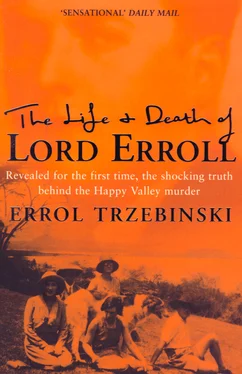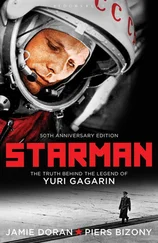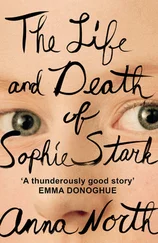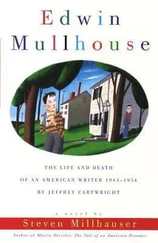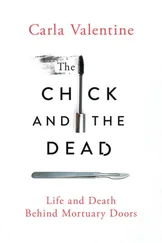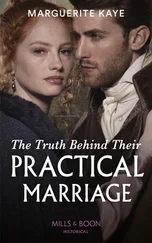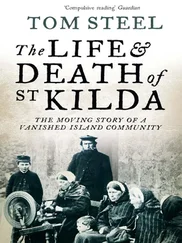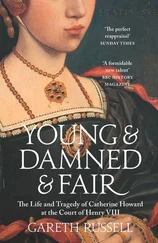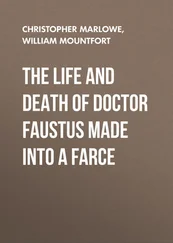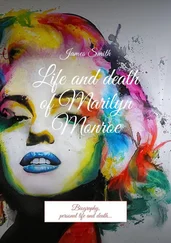Beyond Nairobi the Uganda Railway traversed escarpment and volcanic ridges along the Rift Valley, with its lakes scattered like pearls; and further north, at Timboroa, the line rose to almost 8,000 feet in a stupendous feat of engineering, scaling ravines and descending again until it halted abruptly above the next large expanse of water, Lake Victoria, in Nyanza. At the railhead at Kisumu, the main crops were bananas and millet. There was still talk at the local bridge tables, of missionaries in the area who had disappeared, thanks to cannibals. 7
Joss and Idina got off the train at Gilgil, about three-quarters of the way along the Uganda railway-line. A tiny dot, hardly on the map, Gilgil was so small that it boasted only a railway-siding, but it provided a vital link with Nairobi as travel by car was barely feasible because of the appalling state of the roads. The Wanjohi Valley was tucked away in the hills behind Gilgil. This broad and undulating virgin territory, where yellow-flowering hypericum bushes grew in profusion, was watered by two rivers. The Wanjohi and the Ketai, flanked by beautiful podocarpus, ran more or less parallel and fed many icy, turbulent, gravel-filled streams, crisscrossing the valley. Ewart Scott Grogan, a pioneer settler who played an important role in the development of Kenya, had stocked these with fingerlings in 1906 – brown as well as rainbow trout. As one left the valley going uphill to ‘Bloody Corner’, so called because so many vehicles got stuck in the mud there, the Wanjohi changed its name to the Melewa. Fed by the Ketai, it flowed down towards Gilgil, ‘through the plains and past an abandoned factory and former flax lands, through dust and mud, over rocks and stones, to Naivasha, the lake thirty miles away’. 8
Joss’s and Idina’s new home, Slains, was situated just eighteen miles north-east of Gilgil. On arriving at the railway-siding they were met by their farm manager, Mr Pidcock, who drove them the forty-five-minute journey to the farmhouse. Slains nestled at one end of a private two-mile murram track leading in the opposite direction from Sir John ‘Chops’ Ramsden’s seventy-thousand-acre Kipipiri Estate and his home, Kipipiri House. Slains was a rambling, charming farmhouse, low-lying and beamed, with a corrugated-iron roof, open ceilings, verandas and long bedroom wings. The kitchen, as usual in Kenya, was housed separately. The rooms were vast with partitioned walls which allowed sound to travel freely, affording little privacy.
In Kenya, this style of housing, reminiscent of Provençal dwellings, was the inspiration of Chops Ramsden and unique to the district. The houses were constructed by a builder from Norfolk whom Ramsden, a hugely wealthy landowner, had initially brought to Kenya to construct Kipipiri House. This had pleased him so much that the builder stayed on and was employed to build every additional manager’s house and the neighbours’ homes as well. Before leaving for Kenya, Idina had asked Chops Ramsden to supervise the construction of Slains ready for her and Joss’s arrival. The uniformity of the Wanjohi Valley settlers’ houses reinforced the club-like atmosphere of the area.
Slains’ setting was as dramatic as its namesake in Scotland. The early-morning mists that swamped this moorland wilderness were damp enough to warrant the wearing of wellington boots. At sundown, a chill would come into the air, making night fires a necessity. Yet by day its climate was that of a perfect English summer. The equatorial sun at an altitude of 8,500 feet produced an exuberance of growth. Looking out from the front of Slains towards Ol Bolossat, which was more often a swamp than a lake, except when it was fed during the rains by the Narok River, occasionally one could see the gleaming water flowing over a two-hundred-foot shelf at Thomson’s Falls. In the distance up the valley behind the house rose the mountain Kipipiri, which joined the Aberdare range. The cedar-clad forest ridge which ran along the valley, dubbed by Frédéric de Janzé ‘the vertical land’, dwarfed everything below, and this haunt of elephant and buffalo lent grandeur to the simplicity of daily existence.
For life in Kenya in 1924 was far from an unbroken idyll. Joss was joining a community of pioneers who were still trying to redress the effects of their absence from their farms during the First World War. These early settlers might have picked up land at bargain prices but there had been a catch: every decision affecting their livelihood was made in London. Land for farms had in the early years of the twentieth century been parcelled out under ninety-nine-year leases ‘with periodic revision of rent and reversion to the Crown with compensation for improvements’, which meant that the settlers would forfeit everything unless they developed the property to prefixed standards. 9
Only a few months before Joss first arrived at Slains, the Duke of Devonshire, then Colonial Secretary, had put the wind up European settlers in Kenya by declaring that ‘primarily Kenya is African territory’, and reminding them that His Majesty’s Government would pursue the ‘paramountcy of native interests’; furthermore, ‘if the interests of the immigrant races should conflict, the former should prevail’. 10 While this meant little to Joss in 1924, he would become a champion of the European settlers’ interests in due course.
In 1920 Sir Edward Northey, the Governor, had made seven major innovations. Firstly, in that year the Protectorate graduated to Crown Colony. Secondly, a new Legislative Council was set up to represent the settler and commercial interests, and European settlers were granted the vote. The colony’s affairs could now be debated in the local parliament, ‘though it was stressed that the colony was still to be ruled from Whitehall’. 11 In due course Joss became a member of ‘Legco’, as it was known. Thirdly, the railway was reorganised; its finances were separated from those of the Protectorate and the railway system was placed on a business footing. Four, under the control of an intercolonial council, the first big loan was raised for a new branch railway. Joss would see its construction, as well as the harbour works, begun and completed. Five, the Civil Service was reshaped. The rates of pay were raised to put them on a level with other colonial services. Six, the budget was balanced and inflated expenditure was cut drastically ‘so as to bring the country’s coat within measure of its cloth’. 12 These innovations formed the framework of the political structure within which Joss would move and be affected as a settler.
Finally, it was under Northey that the Soldier Settlement Scheme was launched. In spite of setbacks, this was acknowledged to be the most successful postwar settlement project in the Empire. And – through Idina’s ex-husband, Charles Gordon – Joss benefited from the Government’s second attempt since the building of the Uganda Railway to fill the empty land with potential taxpayers and producers of wealth. These ex-soldiers got their land on easy terms, and Charles Gordon had been one of many applicants. Sir Delves Broughton, too, had drawn soldier settlement land, coming out initially in 1919 to inspect it. Allocation tickets could be bought in Nairobi and at the Colonial Office in London. ‘By June 1919 more than two thousand applications had flooded into Nairobi to take their chance at a grand draw held on the stage of the Theatre Royal.’ Like a lottery, the tickets were placed in barrels to decide who was to get what. ‘It took two revolving drums all day to distribute the empty acres by lottery to an audience of nail-biting would-be farmers.’ 13
One of the first settlers in Kenya, Hugh Cholmondeley, 3rd Baron Delamere, had trekked on foot into Kenya in 1897 with camels from Somalia, arriving with a doctor, a photographer and a taxidermist. Africa infected him with its potential. In 1903, Delamere applied for land in British East Africa on the ninety-nine-year-lease scheme and was granted a total of a hundred thousand acres at Elmenteita near Gilgil and at Njoro beyond Nakuru; he called his first home Equator Ranch. Njoro was already regarded as the cradle of European settlement by the time Joss and Idina arrived in Kenya. While D, as everyone called him, was not the first to take up land, he became the most influential of all the settlers. He was to have a powerful influence on Joss – they were virtually neighbours – and gradually Joss would find himself drawn into local politics. D’Abernon had taught Joss about the Scramble for Africa, and so he knew more than most neophyte settlers about the political machinations with foreign Imperial powers that had gone before. Joss and D, both Old Etonians, were utterly different types who stood for quite different things, but they were united in their love of Kenya and a willingness to use all possible means for their cause.
Читать дальше
